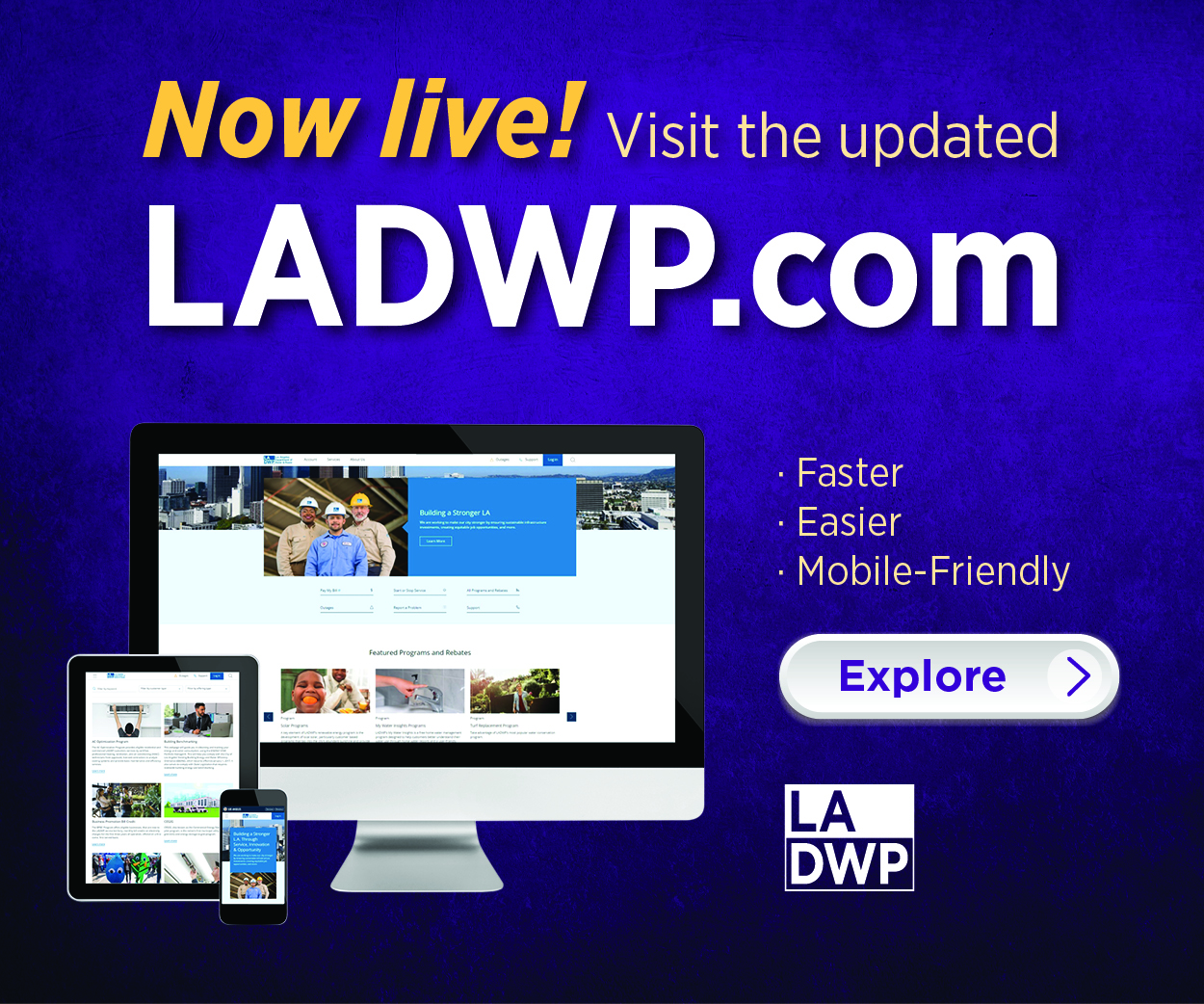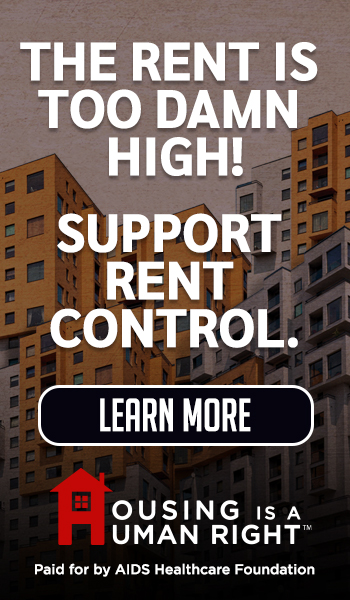Comments
VIEWPOINT - Even before the fires that turned Los Angeles neighborhoods to ash this year, California’s insurance industry had already seized control of the state’s wildfire narrative. Their message was simple: we can’t keep insuring homes unless you let us rewrite the rules.
Governor Gavin Newsom and Insurance Commissioner Ricardo Lara obliged. In September 2023, they announced what was hailed as an “historic compromise” — a deal that would supposedly stabilize the market by letting insurers charge higher rates in exchange for writing policies in high-risk areas.
But as the New York Times investigation, “California Promised Insurance Relief, But Delivered Loopholes” revealed last week, the compromise was a mirage. Behind closed doors, insurers quietly negotiated exemptions that gutted the deal’s central promise. They can now raise premiums and offload billions in costs to ratepayers while avoiding most of the communities actually designated by the State Fire Marshal as high-risk.
The number of homeowners forced onto the state’s last-resort FAIR Plan has nearly doubled, premiums have soared, and coverage has shrunk. So much for relief.
The Pattern of Capture
This is not a one-off failure; it’s a pattern. California’s wildfire and insurance policy apparatus has become a textbook case of regulatory capture — a system in which the regulated industry quietly dictates the terms of its own oversight.
We are watching the same pattern unfold right now at the California Board of Forestry and Fire Protection, the state agency writing the controversial “Zone 0” defensible-space regulations. Like the insurance deal, these rules are being sold as science-based fire protection. In reality, they mirror the industry’s risk-modeling language and shift liability from insurers to homeowners.
What the Times uncovered about insurance regulation is the same playbook driving Zone 0: a policy born in crisis, negotiated in private, framed as reform, and delivered as a giveaway.
The Slow-Roll Strategy
Even as AB 1455 — the law that enshrines Zone 0, fast-tracks it through emergency regulation, exempts it from environmental review, and gives insurers new leverage over homeowners — nears its December 31 due date, the Board’s Zone 0 chair has announced the rule won’t be completed on time.
That’s not bureaucratic sluggishness — it’s strategy. By kicking the can down the road, the Board avoids a political firestorm while allowing the insurance industry to shape public behavior.
Insurers are already using Safer from Wildfires scoring and premium incentives to enforce a de facto Zone 0 through the insurance marketplace. When the Board finally adopts its regulation, it will merely codify the insurer’s rulebook.
In other words, the public delay disguises a private acceleration: homeowners are being pressured into compliance by their insurers long before the state acts. This is what regulatory capture looks like in slow motion — a policy written by the industry, tested on the public, and later sanctified by the state.
The Insider Example
The capture isn’t hypothetical.
One of the Zone 0 committee Board members, Jose Lopez, even filmed a YouTube video at his own Southern California home showcasing his personal “Zone 0 conversion.” In it, he walks viewers through the “tremendous amount of trees and lower plants” he removed, and the insurance discount he received as a result — boasting that his 8 feet of gravel yard and metal mesh privacy fencing retrofits helped him leave the state’s FAIR Plan for a private policy that “guarantees” him insurance.
That might seem harmless until you realize Mr. Lopez is helping write the very rules that will govern these same requirements statewide. When a regulator publicly markets his own property as a model for compliance, and ties that compliance to insurance savings, he is no longer a neutral deliberator — he’s a living advertisement for the policy he’s supposed to evaluate.
And the guarantee he promises doesn’t exist. No, Zone 0 does not guarantee insurance — no matter how extensive or expensive. Insurers can still drop homeowners, raise rates, or deny coverage altogether. In fact, Zone 0 can just as easily become a tool to deny claims: a single potted plant, a handful of windblown leaves, broom or out-of-place garden chair five feet from your house at the time of a fire could be cited as “noncompliance.”
What Zone 0 truly guarantees is cost — to the homeowner who pays for the retrofits, to the landscape that’s destroyed in the process, and to the public trust that’s eroded when regulators sell policy as marketing.
It’s a telling window into how California’s wildfire governance has blurred the line between regulator and regulated. Industry messaging isn’t merely influencing the process; it’s speaking through the people inside it.
The Manufactured Science
If the Lopez example shows how capture works at the individual level, what has been happening at the Board’s meetings reveals it on an institutional scale.
The academic faces of wildfire policy whose research portfolios are densely interwoven with insurance-industry funded projects, present their familiar “demonstration models” to the public — the same narrow simulations and reductionist slides that have been repeated for months and paraded as science.
The Board’s November featured presentation was funded by the Gordon and Betty Moore Foundation, a philanthropy that invests heavily in “fire resilience” research aligned with insurance-industry risk modeling. The event featured Yana Valachovic, the Board’s designated technical advisor on Zone 0 and a University of California Cooperative Extension forester who collaborates with the Insurance Institute for Business and Home Safety (IBHS).
Yet the demonstration she presented — conducted with Dave Winnacker, founder of XyloPlan, a private consulting firm that models a wild-fire risk scoring system for the insurance industry — bore little resemblance to real-world conditions.
In Valachovic’s demonstration, a flame torch was used to ignite a stack of wooden shipping pallets meant to simulate a neighboring house, producing a bonfire of direct flame contact rather than an ember storm like the storms experienced in the 2025 Palisades and Eaton fires. Although she claimed the purpose was to show “radiant heat,” Zone 0 is legally defined as an ember-resistant zone.
The use of pallets, open flame, and reflective foil-wrapped around a potted hedge highlights the experiment’s artificiality — a stage-managed exercise in junk science that does more to advance the insurance industry’s narrative than to inform sound public policy.
The Moore Foundation’s funding of such demonstrations — which explicitly link home-hardening models to insurance availability — reinforces a feedback loop that blurs the line between public policy and market strategy.
Taken together, the pattern is unmistakable: The presenters are linked to insurance-driven wildfire initiatives; The funding source (the Moore Foundation) acts as a philanthropic intermediary for private-sector interests; The message mirrors the insurer narrative that vegetation — not breakdowns in emergency response — is the primary hazard.
This is not independent science; its industry marketing disguised as research, paid for by a foundation that launders private influence into the language of public safety. California’s wildfire policy pipeline now runs straight from insurer models, through foundation funding, into state regulation.
The Secret Tour
Just days before that meeting, on October 24, the Board of Forestry arranged a private tour of Los Angeles with a small, hand-picked group of “stakeholders.” No public notice, no livestream, no opportunity for broader participation — only a curated audience and a predetermined message.
According to one participant’s notes, the delegation included Board Chair Terry O’Brien, Executive Officer Tony Andersen, Rules Manager Jane Van Susteren, CAL FIRE’s John Morgan, LA City and County fire officials, and familiar names like Yana Valachovic — who again pushed for a plant-free Zone 0 — along with community representatives from Brentwood, UCLA, Mandeville Canyon, Resource Conservation District of the Santa Monica Mountains and the Theodore Payne Foundation.
The group toured neighborhoods from Brentwood to Altadena, discussing which plants should be removed. One attendee described how officials “pointed at plants and trees for removal” while residents tried to defend them. Valachovic reportedly declared that even green, healthy plants posed a danger, holding up a handful of fallen dry leaves under a tree as proof. The conversation repeatedly returned to total clearance — no plants, and “move your potted plants” on red flag days.
When the talk turned to insurance, Valachovic admitted that insurers will have their own rules regardless of State policy. Perhaps the most revealing moment came when Executive Officer Tony Andersen turned to the group and said quietly,
“We need to show we’re doing something.”
That single sentence captured the essence of the state’s wildfire bureaucracy: policy as theater, not governance.
This “tour” wasn’t about listening — it was about optics. The Board could now claim it had met with community members, checked the box of stakeholder engagement, and gathered “on-the-ground perspectives.” Transparency has been replaced with choreography, and participation reduced to props in the state’s performance of accountability.
The Tyranny of Politeness
How does this happen? Through what social theorists call the Tyranny of Politeness — the culture of “civility” that values comfort over truth and harmony over justice.
The idea has roots in colonial history. European powers imposed their own codes of “proper” conduct to silence colonized peoples: anger became “uncivilized,” passion “irrational.”
Today, that same dynamic persists in modern governance. Agencies invite “stakeholder engagement,” perform listening sessions, and praise constructive tone — all while ensuring that nothing truly disruptive is heard.
California’s wildfire bureaucracy has perfected this art. The Board’s Zone 0 meetings, like the state’s insurer negotiations, function less as deliberation than as performance. Stakeholders are encouraged to be courteous, concise, and collaborative. But every polite comment, every carefully worded letter, becomes evidence that the public was consulted.
Civility becomes the camouflage of capture.
When Politeness Becomes Complicity
The Los Angeles Times recently exposed how this culture of deference plays out on the ground:
“Firefighters Urged Mass Altadena Evacuations. It Took Three Hours for Command to Act.” “Texts Reveal Firefighters Warned Palisades Blaze Could Reignite.”
In both cases, front-line crews sounded urgent alarms while command structures hesitated — valuing order over responsiveness, procedure over truth. The same pathology governs Sacramento’s relationship with industry: decision-makers fear disruption more than disaster.
The Board’s polite stakeholder process will produce the same outcome. Once Zone 0 is adopted, homeowners will pay the price, while regulators will congratulate themselves for their “balanced” approach. Politeness will have done its job: keeping everyone calm as the house burns.
The Real Emergency
California’s leaders continue to speak of “crisis mode,” but the crisis they’re managing isn’t fire — it’s political legitimacy. Having ceded policy design to insurers, they now depend on the appearance of fairness to maintain public trust. The polite stakeholder becomes a crucial prop in that performance.
Meanwhile, the New York Times analysis shows the material consequences: insurers dumping tens of thousands of policies in the very ZIP codes that later burned; companies rewarded for abandoning customers; ratepayers now covering insurers’ reinsurance costs and FAIR Plan losses — a subsidy disguised as reform.
If this were any other industry, we would call it what it is: a transfer of public wealth to private power.
Breaking the Spell of Politeness
I’ve spent more than two decades in community advocacy and have seen this pattern before. Agencies that have already chosen a side rely on public restraint to finish the job. When residents stay measured and “reasonable,” their very politeness becomes the proof of consensus.
To break that cycle, we must stop confusing diplomacy with progress. We don’t need to be louder — we need to be truer. That means calling out the insurance industry’s role in drafting public policy, rejecting the false narrative of stakeholder partnership, and demanding transparency in every arena where the state claims to act on our behalf.
The New York Times and Los Angeles Times have now provided the evidence. The question is whether Californians will have the courage to act on it. Politeness has bought us higher premiums, weaker coverage, and a policy regime that destroys shade, habitat, privacy and property rights. It’s time to stop being grateful for our seat at the table and start naming the harm being done.
The truth is not impolite. It’s the first act of resistance.
(Diana Nicole is an ecological horticulturist and community advocate in Los Angeles. She writes about fire policy and landscapes that actually work for fire safety at dianaznicole.com. Previous columns are available at the citywatchla archives.)






